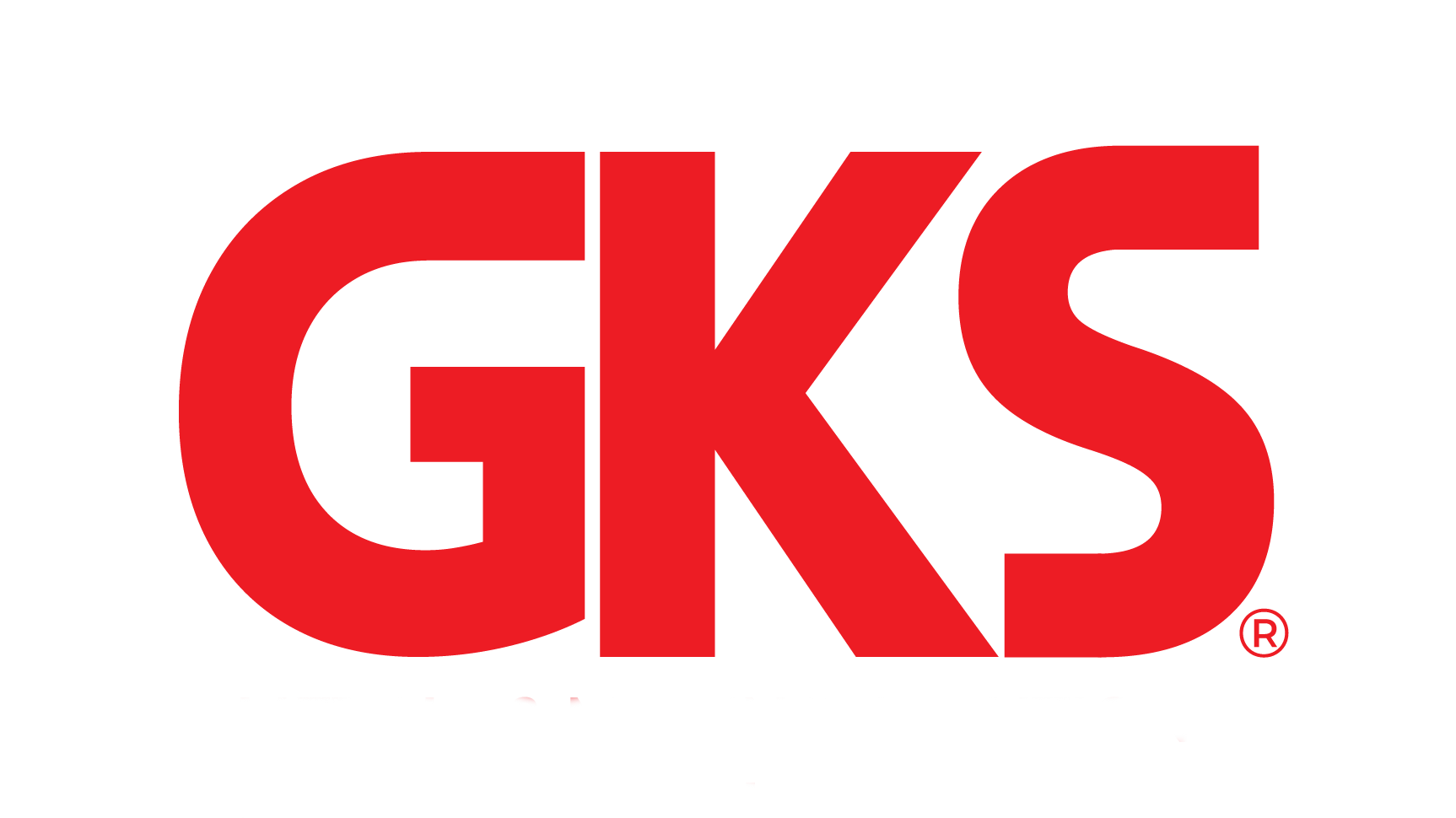What is Load Capacity?
Load capacity refers to the amount of weight a piece of equipment can safely lift and hold. In simple terms, most moving dollies, skates, or toe jacks are built to withstand a certain amount of force. If they are forced to lift or move something that applies more force than they are designed for, they can fail. Load capacity limitations allow users to choose equipment that can handle a given load without excess risk of failure.
Things to Consider When Loading Items onto Moving Machinery
Weight Distribution
Load capacity isn’t necessarily just about the overall weight of a load. Weight distribution must also be taken into account.
A simple example: A pair of moving dollies, each with two skates, are used together, as a four-point system, to move and lift a 1000-pound load. Each of the dollies has a carrying capacity of 600 pounds, so, in theory, each is more than capable of handling one half, or 500 pounds, of the load. However, the load is uneven: One side accounts for 250 pounds of the total weight, while the other side accounts for 750 pounds of total weight. The dolly supporting the 750-pound portion of the load is sure to fail.
In situations like this, users have two options. They can use two different moving dollies, one with a larger carrying capacity, to move the load. However, it’s often better to use two of the same dolly with plenty of loading capacity. That extra margin for error can be an excellent buffer against risk.
Weight Limit of the Machinery
The carrying capacity of heavy lifting and moving equipment is listed with a safety rating. If a moving dolly claims to have a carrying capacity of 1000 lbs then it is designed to carry up to that amount of weight. Excess weight can put friction on the dolly rollers and inhibit ease of use. If you overload the dollies they can fail or significantly reduce the working life of your machine skates. Paying attention to load capacity is crucial for smooth operation of heavy lifting and moving equipment as well as for the safety of your employees.
Moving Route
If you’re going over cracks, bumps, or areas where the floor is sloped or transitions suddenly from one height to another, a three-point moving system can be a better choice. Just as a three-legged stool is more stable on an uneven surface, a three-point moving system is more stable when traveling across uneven flooring. The heavier the load, the more damage it can cause if it shifts or falls. Because of this, it’s critical to think carefully about the safest possible solution when moving across uneven ground, and that includes choosing moving equipment with ample load capacity and the ideal configuration of load-bearing points.
Industrial Moving Equipment From GKS
GKS makes top quality industrial moving equipment that leverages German engineering to deliver reliable moving solutions with a wide range of load capacities. We make toe jacks with load capacities up to 30 tons and dolly system that can handle up to 300 tons, along with other products. Our U.S.-based customer service team in Springfield, Ohio can help you choose the right lifting equipment based on your needs and are available to answer questions, troubleshoot issues, and help you order replacement parts with ease.
To learn more about GKS lifting equipment and the load capacities we can accommodate, talk to a member of our team >
